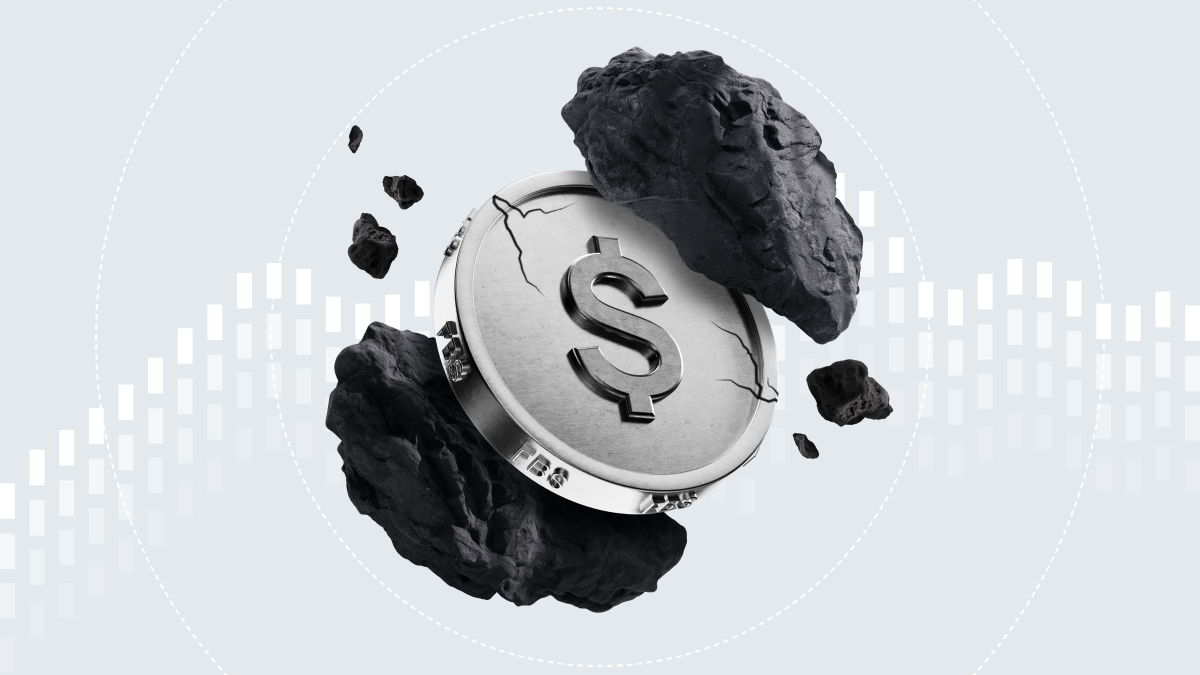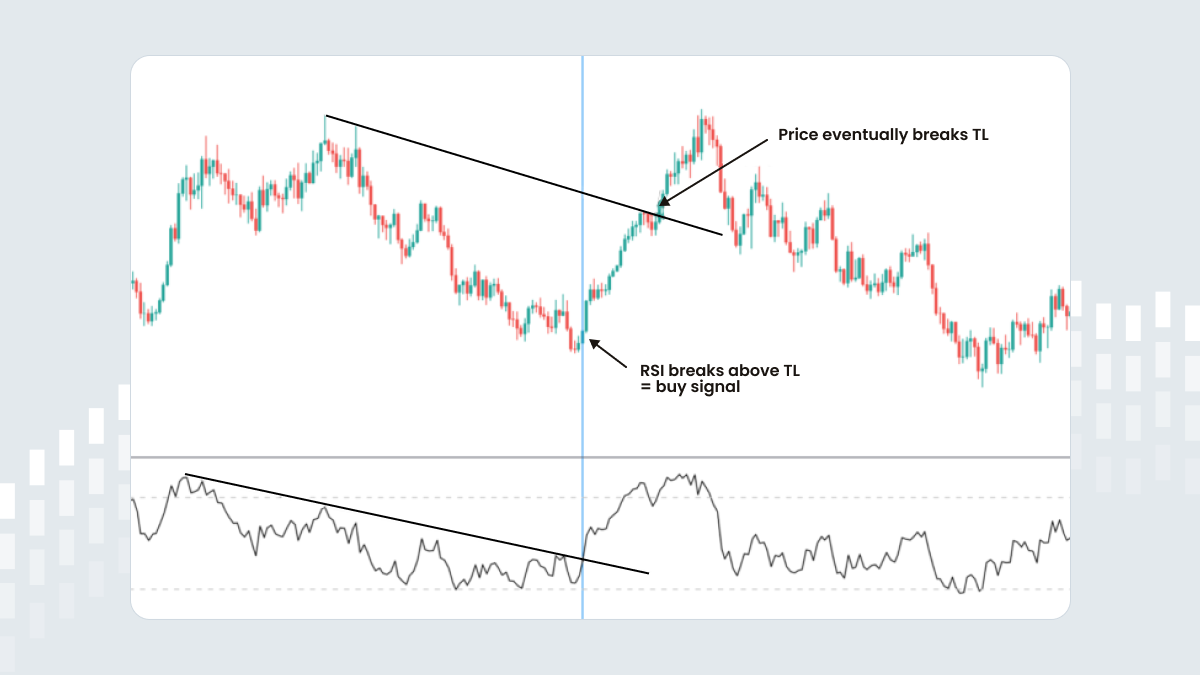Famous examples of short squeezes
Some of you might remember the heated discussions that took place in January 2021 about users on Reddit coordinating their actions to trigger a surge in GameStop stock. As a result, major hedge funds faced significant losses. Yet, this wasn’t the first time – other companies have experienced short squeezes before. Below, we list the most interesting cases.
Piggly Wiggly:
About 100 years ago, entrepreneur Clarence Saunders went to New York with $10 million in borrowed funds in an attempt to stand up against the stock market cartel. Saunders was an owner of the Piggly Wiggly supermarket chain, and business had been going well until the cartel started spreading rumors and betting against the company’s stock.
He tried to suspend trading of the company’s shares, and the price rapidly rose to $124. However, the stock exchange intervened, halting trading and giving short sellers time to find the necessary shares. This led to Saunders' bankruptcy and departure from the business. Many sympathized with him, seeing the rule change as unfair — a situation similar to what happened with Reddit users and Robinhood.

Volkswagen:
One of the most notable short squeezes occurred with Volkswagen in October 2008. Facing the imminent global financial crisis, hedge funds experienced significant losses due to short selling of Volkswagen’s stock, which skyrocketed from €348 to nearly €1000, making Volkswagen the most valuable company in the world for a short period.
The short squeeze started back in 1931 when Porsche began buying Volkswagen. Hedge funds saw an arbitrage opportunity, believing Porsche wouldn't buy up VW's common stock. But then Porsche unexpectedly announced that it had fully acquired the company, and only 6% of the shares were left in circulation.
Short selling of VW shares rose to 12% of the total, making it impossible for short sellers to close their positions. Panic spread through the market. On Monday, some traders managed to cover their positions, but those who waited until Tuesday saw VW's stock soar to a record $1207. Hedge funds lost around $30 billion. In the end, despite Porsche’s attempts to unload its positions, Volkswagen took over the company.
Summary
A short squeeze is a powerful market event that can lead to rapid and significant price increases in stocks with high short interest. Traders should be aware of its signs such as high short interest, rising prices, and increased volatility. Short squeezes can be very profitable, as well as risky, that’s why they are most suited for experienced traders who understand the potential for both massive gains and losses.


